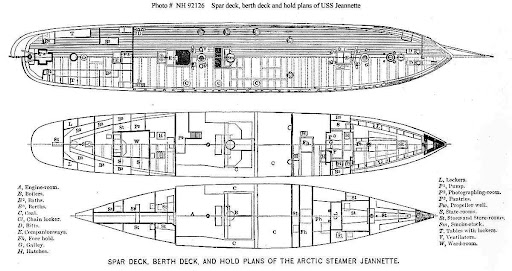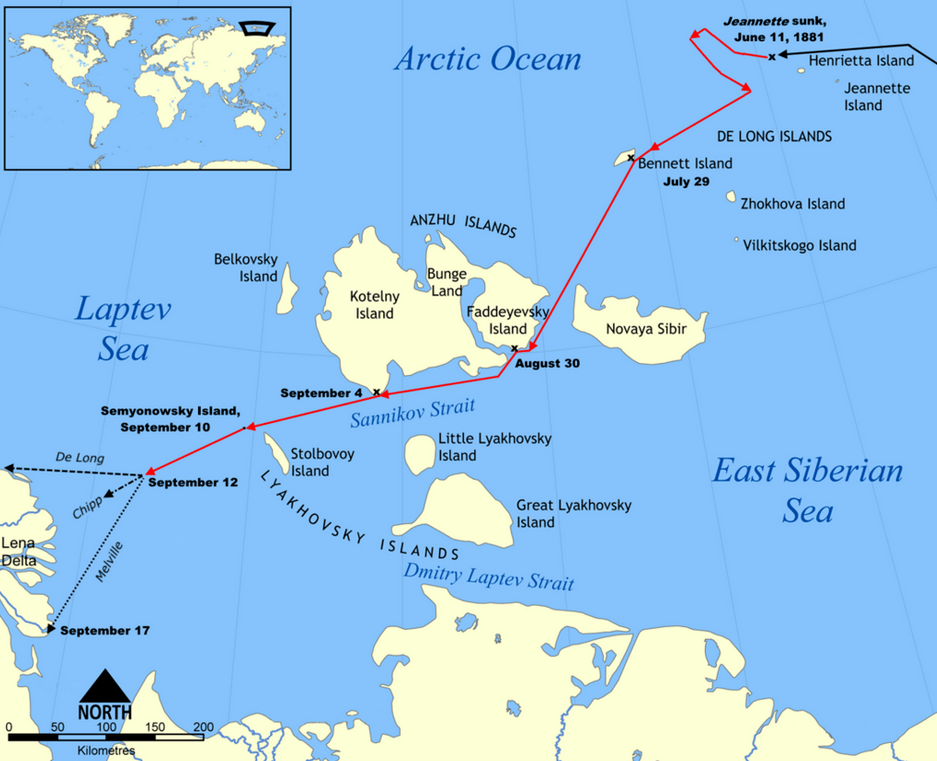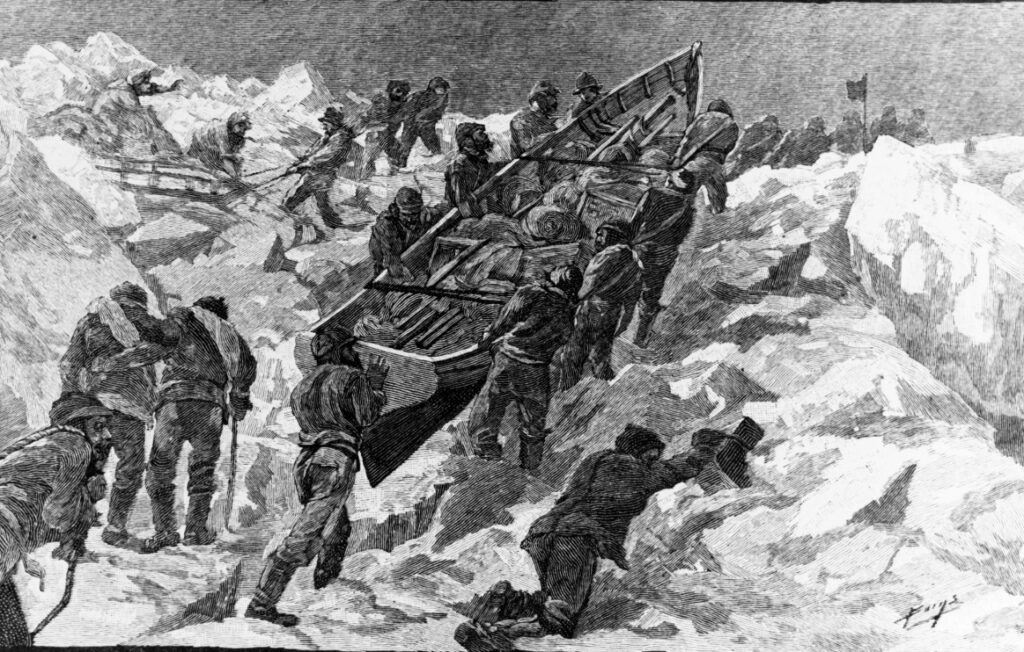In the late 19th century, the uncharted territories of the Arctic represented one of the final frontiers of exploration on Earth. The North Pole, veiled in perpetual ice and extreme conditions, remained an elusive prize, symbolizing the ultimate challenge for explorers. This period, often referred to as the Heroic Age of Arctic Exploration, saw countless expeditions launched by adventurers driven by national pride, scientific curiosity, and personal ambition.
The allure of the Arctic stemmed not only from its mysterious and inhospitable environment but also from the potential geopolitical and economic advantages to be gained from new shipping routes and untapped natural resources. Stories of early explorers who had ventured into the frozen north and returned with tales of vast ice sheets, daunting weather, and infinite perseverance captured the public’s imagination. Against this backdrop, newspapers sensationalized Arctic exploration, fueling a competitive spirit among nations and inspiring a generation of explorers willing to risk everything to plant their flag at the top of the world.
Among these explorers was Captain George W. De Long, a Naval officer with a reputation for bravery and meticulous planning. Sponsored by James Gordon Bennett Jr., the wealthy and influential owner of the New York Herald, De Long was tasked with leading an ambitious American expedition to the North Pole. His mission was part of a larger narrative that included well-known figures such as Sir John Franklin, Fridtjof Nansen, and Roald Amundsen, who all contributed to the era’s understanding of the Arctic.
Setting Sail on an Ambitious Mission
Captain De Long and newspaper magnate James Gordon Bennett Jr. sponsored the USS Jeannette, a ship that departed from San Francisco in July 1879. The mission was daring: find a route to the North Pole by navigating through the Bering Strait and into the Arctic ice pack. The expedition was equipped with the best technology of the time, including advanced provisions and reinforced hulls designed to withstand icy waters.
De Long, a seasoned naval officer, exhibited unwavering resolve and meticulous planning as he led a crew of 32 men into the unknown. His leadership would soon be tested beyond imagination as they ventured deeper into the Arctic.

The Ice Claims its Victims
By September of 1879, the Jeannette had become trapped in the pack ice near the Chukchi Sea. Over the next two years, the crew endured harsh Arctic winters, subsisting on meager rations while attempting to free their vessel. The ice’s relentless grip stymied all efforts, and in June 1881, the USS Jeannette succumbed to its icy prison and sank.
Despite the loss of the ship, Captain De Long’s leadership qualities—courage, resilience, and an innate sense of responsibility—shone through in the ensuing crisis. With limited supplies and no immediate hope of rescue, De Long and his crew faced an arduous trek across the treacherous ice fields.
An Exodus of Survival
Determined to reach safety, De Long made the arduous decision to lead his men southward towards the Siberian coast. Utilizing lifeboats salvaged from the wreck, they navigated a network of frigid waterways and ice floes under extreme conditions. The journey was grueling, spanning hundreds of miles and months of perilous travel.
Throughout this dire period, De Long’s leadership was characterized by his steadfast commitment to his crew’s welfare. He maintained order, motivated his men, and rationed supplies judiciously, all while confronting the same hardships his team endured. His resolve provided a beacon of hope in the merciless Arctic expanse.

The Final March
Tragically, the Arctic’s severity proved insurmountable. After reaching the inhospitable Lena Delta in Siberia, the crew split up in hopes of increasing their chances of rescue. De Long and his contingent faced escalating challenges, and despite their Herculean efforts, most, including De Long himself, succumbed to the unforgiving conditions.
On October 30, 1881, De Long’s final entries in his logbook poignantly documented the overwhelming struggle against starvation and exposure. His last words conveyed an unbroken spirit: “We have done all we could, I trust that God has spared our lives.” These words epitomize the courage and dedication with which he led his men.
Legacy of Leadership
Captain George W. De Long’s expedition may have ended in tragedy, but the lessons derived from his leadership during the crisis endure. His story underscores the importance of resilience, courage, and unwavering commitment to one’s team, even in the face of overwhelming adversity. De Long’s exemplary conduct continues to serve as an inspiration to leaders navigating their own metaphorical icy seas.
The USS Jeannette expedition remains a testament to the human spirit’s capacity to strive against the odds and the enduring impact of strong, compassionate leadership in the direst of circumstances.
POPULAR TODAY
Nestled amidst the picturesque Yorkshire countryside in England lies a facility shrouded in mystery and intrigue—RAF Menwith Hill

